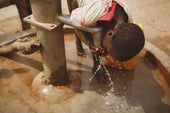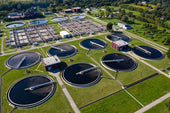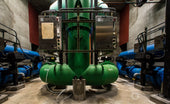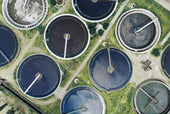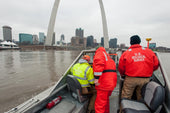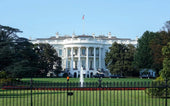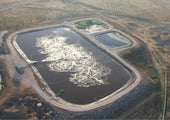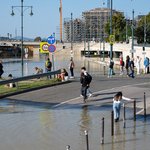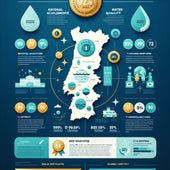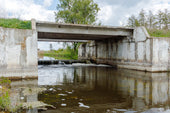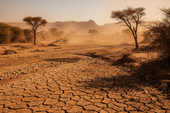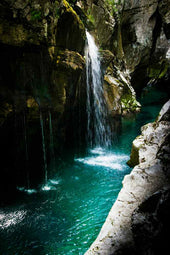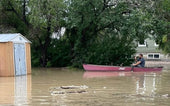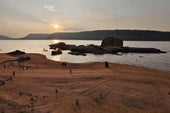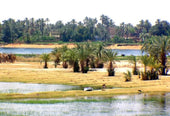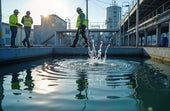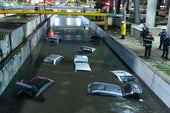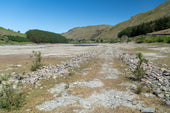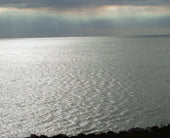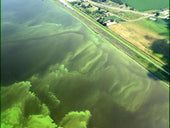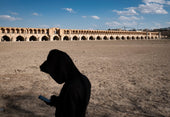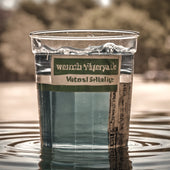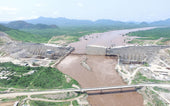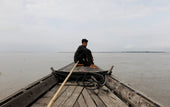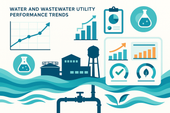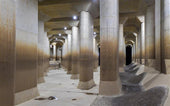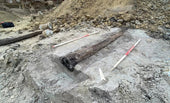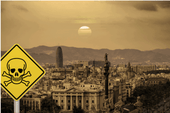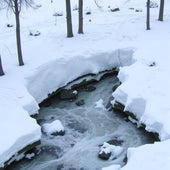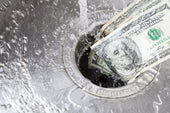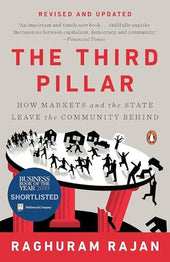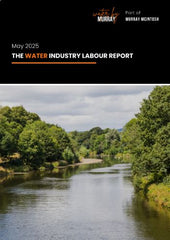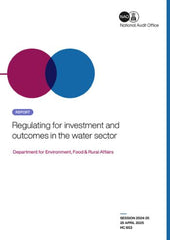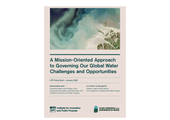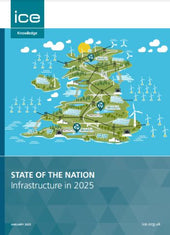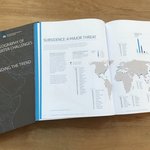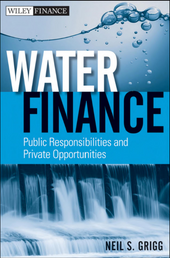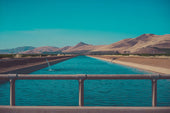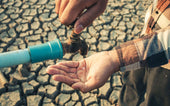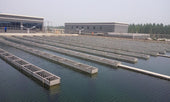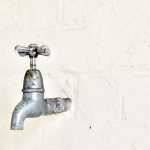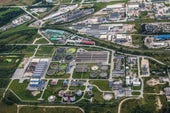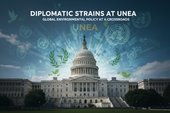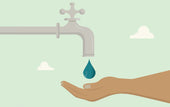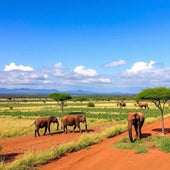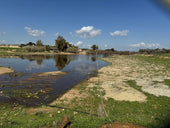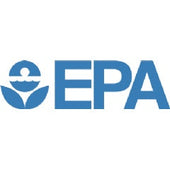
Iran's Day Zero Water Crisis: A Nation on the Brink

Relevant Insights: By addressing meaningful topics or problems, it remains relevant and valuable to a diverse readership.
The Islamic Republic faces its most severe water shortage in a century as dams run dry and millions face potential relocation
The Crisis Unfolds
Iran is racing toward what experts are calling "Day Zero" – the point when water supplies could be completely exhausted. Tehran's worsening water crisis may force the relocation of its 15 million residents, Iranian President Masoud Pezeshkian warned, describing the capital as "almost out of water."
The numbers paint a stark picture of a nation in crisis. The current reserves in the dams that supply water to Tehran are at their lowest level in the past 100 years, with the five reservoirs only 13% full. Across the country, one of the country's largest reservoirs could dry up within weeks, while levels in seven others have dropped below 10 percent. Two dams have completely dried up, and most reservoirs are nearly empty.
From Blue Waters to Cracked Earth
The visual transformation is haunting. A video of the Amir Kabir Dam, 30 km northwest of Tehran, taken in August 2024 shows clear blue water reaching up into the hills. In a video from the same vantage point in March 2025, the water has disappeared, replaced by a cracked, desolate lake bed.
The Latyan Dam, located near Tehran, has seen its capacity shrink dramatically from 95 million cubic meters to just 9 million. Videos now show motorcyclists riding across what used to be the reservoir's floor, their wheels kicking up dust where fish once swam.
A Perfect Storm of Mismanagement

While drought plays a role, experts point to decades of poor governance as the primary culprit. The rainfall in Tehran since the beginning of 2025 has been the lowest recorded in 55 years, but this natural scarcity has been dramatically worsened by human intervention.
The Dam Building Disaster
Iran's dam-building spree hasn't helped. In 2012, there were 316 dams; by 2018, that number surged to 647. Many were built without environmental assessments and for political or military purposes. Rather than solving water problems, this expansion has created new ones through environmental disruption and poor planning.
Groundwater Depletion
The underground reserves tell an equally troubling story. Over the past 20 years, groundwater levels in Tehran have fallen by 12 meters, contributing to land subsidence and threatening the stability of urban infrastructure. Today, Iran counts 660,000 legal wells and 360,000 illegal ones, bleeding its groundwater dry.
Daily Life in Crisis
The water shortage has transformed daily existence for millions of Iranians. Tehran's provincial water management company called for usage to be reduced by "at least 20 percent", while authorities reduced water supplies in parts of the capital in a bid to mitigate the crisis, resulting in "water outages lasting between 12 and 18 hours" in some areas.
Videos circulating on social media show that in some poor southern districts of Tehran, such as Nasimshahr, people have taken to the streets after enduring three consecutive days without water. The government's response has been to declare emergency holidays, essentially shutting down the capital rather than addressing the root causes.
Beyond Tehran: A National Emergency
The crisis extends far beyond the capital. Iran is currently facing critical water shortages in over 20 of its 31 provinces. Over 40 cities across Iran, including Tehran, are facing routine water rationing and prolonged supply interruptions.
The human cost is mounting. Over 37 million people in western and northern provinces may be forced to migrate due to the depletion of aquifers. Internal climate migration is already underway. Villages in arid regions have emptied out. Families forced to abandon homes aren't seen as refugees, but they are — climate refugees.
Environmental Catastrophe
The water crisis has triggered an environmental collapse. Lake Urmia — shared between Kurdish and Turkish-speaking populations — has dried to a salt crust. Unregulated dam construction has led to the drying up of 45 percent of Iran's wetlands, while every year, one million hectares of new desert are added to the country's already vast arid lands.
Failed Solutions and False Hopes
Faced with catastrophe, officials have proposed increasingly desperate measures. The Ministry of Energy, which oversees the country's water management, has already applied to drill 250 deep wells in the Tehran region to extract groundwater. But the water beneath Tehran is nothing more than millions of litres of contaminated wastewater, laced with pollutants such as heavy metals – and, like any untreated wastewater, carcinogenic nitrates.
Even more dramatically, Pezeshkian's government last year floated an ambitious idea: relocating the nation's capital to the Makran coast on the shores of the Sea of Oman. The plan was quietly abandoned after criticism revealed that the Makran region itself remains underdeveloped, with large areas still lacking even basic water pipelines.
The Human Element
Beyond statistics and policy failures lies profound human suffering. One writer's account captures the personal tragedy: "My grandfather was a farmer near Lake Urmia in northwestern Iran. Once the largest in Iran, it is now a salt-ridden desert. When the water vanished, his fields dried up. Salt crept over his wheat farms, swallowing everything. He migrated to the city of Hamadan, hoping to find water, but instead, he lost it all—his land, his life, and the water he chased."
International Implications
The Islamic Republic is actively negotiating with neighboring countries to import water, though the shortage has already strained Iran's regional relationships. The crisis has drawn international attention, with some viewing it as evidence of the regime's misplaced priorities in spending resources on military programs rather than essential infrastructure.
A Warning for the World
According to the World Resources Institute, Iran ranks as the 14th-highest country globally for baseline water stress, but its experience serves as a warning for other nations facing similar challenges. The combination of climate change, population growth, and poor governance can quickly transform manageable scarcity into existential crisis.
What Lies Ahead
Banafsheh Zahraei, a professor of water resources management at the University of Tehran, stated that the four main dams supplying water to the capital will dry up by mid-September. With emergency measures providing only temporary relief, Iran faces the prospect of becoming the first major nation to experience complete urban water system collapse.
Mohammad Bazargan, secretary of the Water and Environment Task Force in Iran's Expediency Council, recently warned that we are dangerously close to a full-blown water and soil disaster. He said we may soon reach a point where "there won't be enough room for people to sleep, let alone enough food to eat."
The Bottom Line
Iran's water crisis represents more than environmental mismanagement – it's a profound failure of governance that threatens the stability of an entire nation. While international attention focuses on Iran's nuclear program and regional activities, the Islamic Republic faces an internal threat that could prove far more decisive than any external pressure.
While the world fixates on Iran's nuclear ambitions or internet controls, a quieter and deadlier threat has been unfolding for decades: water scarcity. For millions of Iranians, Day Zero isn't a distant possibility – it's already arrived.








